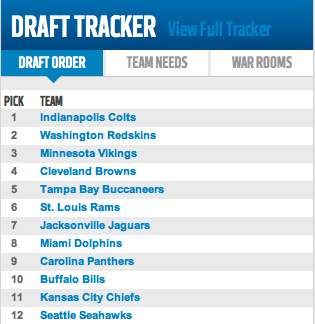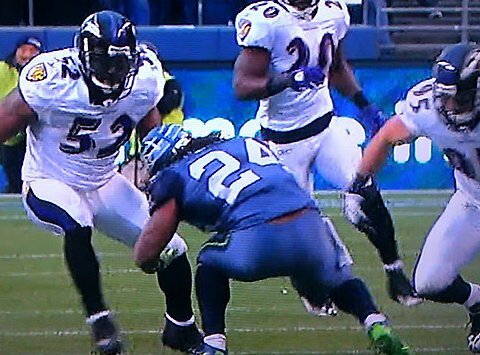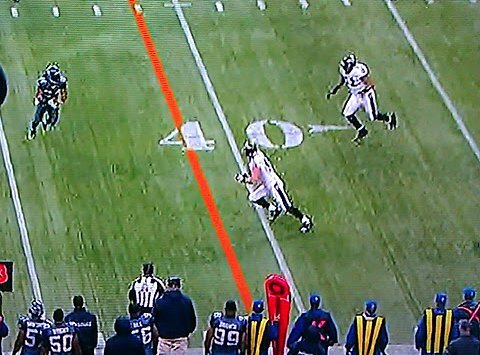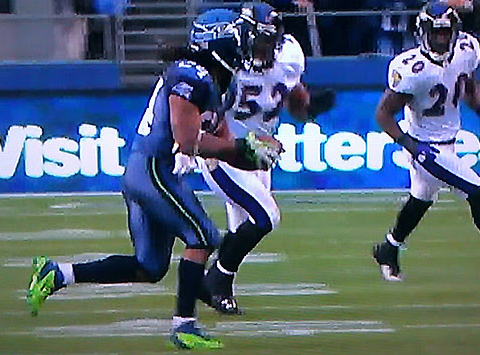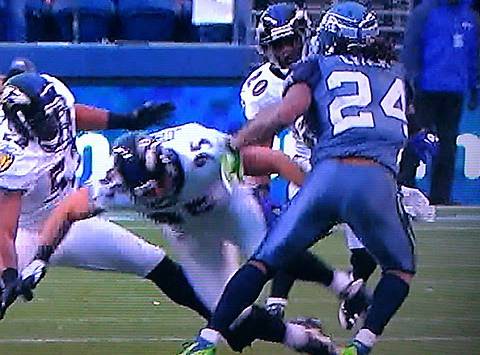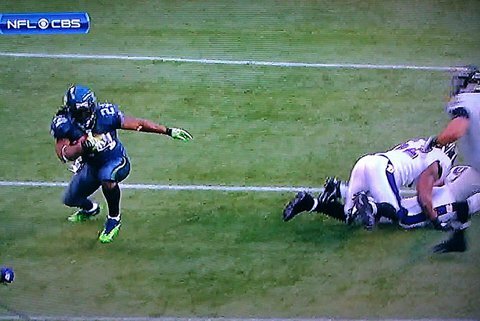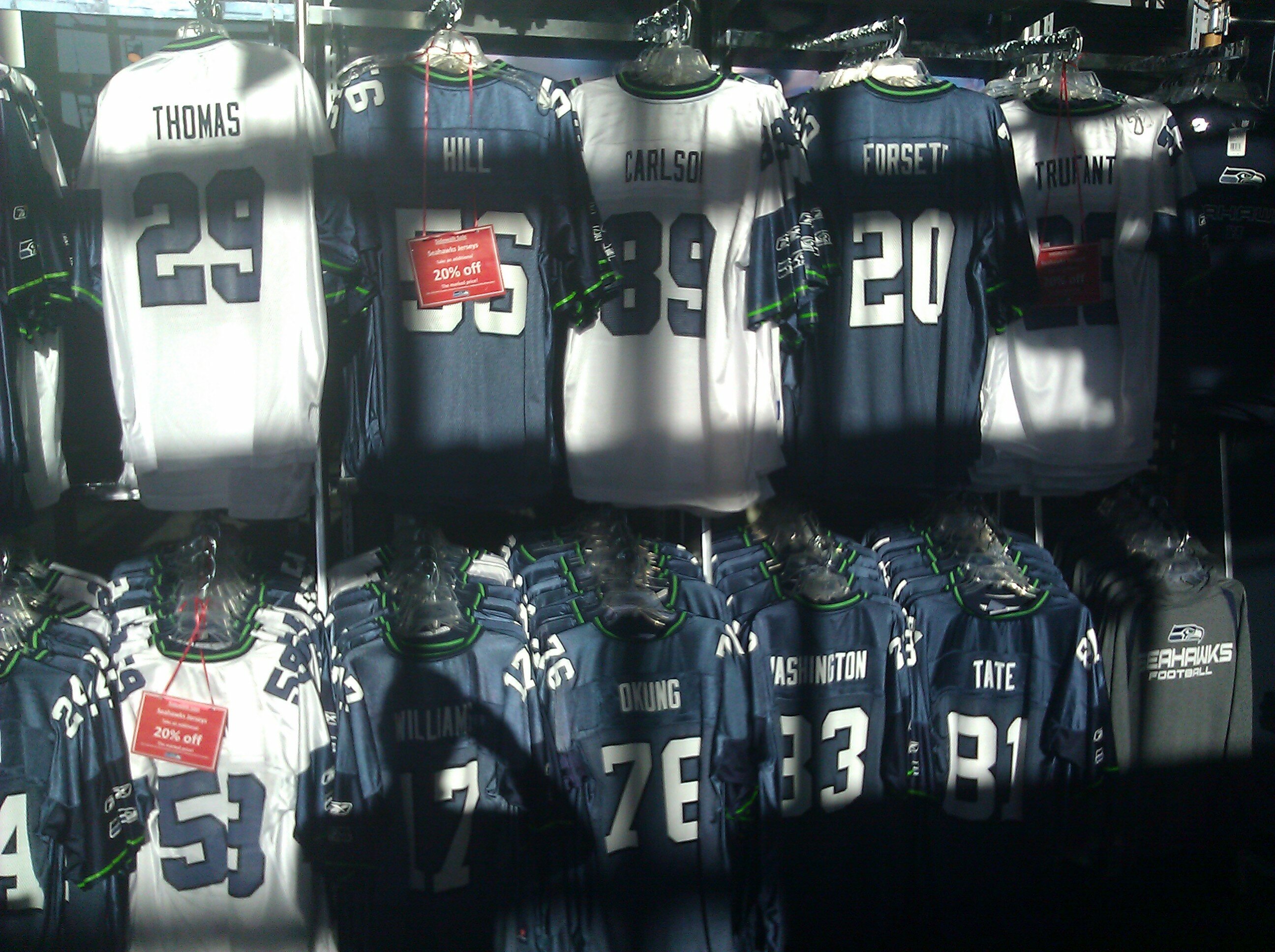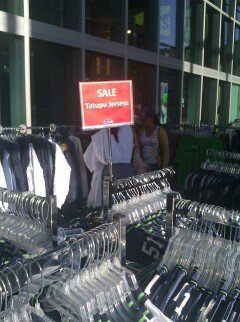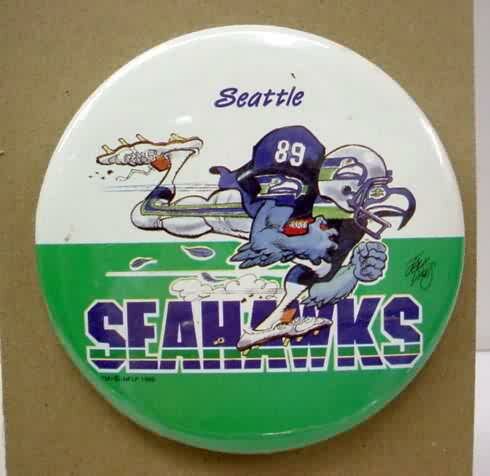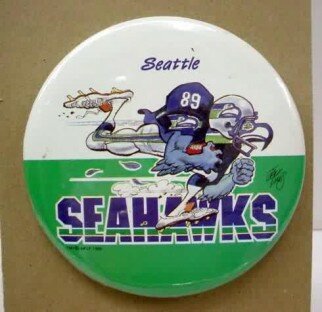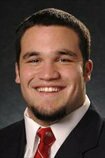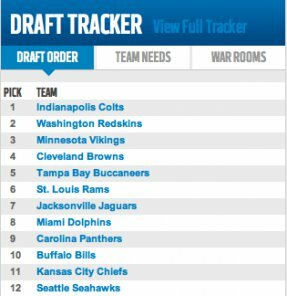 The 2012 NFL Draft begins Thursday, and is considered to be one of the deepest drafts ever by people who consider these things. The Seahawks pick twelfth overall, and are expected to take a pass-rushing defensive end.
The 2012 NFL Draft begins Thursday, and is considered to be one of the deepest drafts ever by people who consider these things. The Seahawks pick twelfth overall, and are expected to take a pass-rushing defensive end.
I am hoping they do. Getting a good, pass-rushing defensive end wouldn’t just address the weak link of the Seahawks defense, it would end a Seattle sports drought.
Every sports franchise seems to have one position they just can’t seem to get right. For the Mariners, it’s been leftfield, where they haven’t had an All-Star performer since 1981. During Ken Griffey Jr.’s 1989-99 reign in centerfield, 67 different men manned left for the Mariners. I made a Sporcle quiz to prove it!
Center was Sonics’ gaping hole–after they traded seven-time All-Star Jack Sikma in 1986. Post-Sikma until the move to OKC, Sonics fans groaned through a parade of mediocre replacements. If the Sonics had put $85 million into a decent mutual fund instead of wasting it on the salaries of Benoit Benjamin, Calvin Booth, and Jim McIlvaine, the team would’ve had plenty of money to remodel KeyArena.
The Seahawks’ great positional drought at defensive end hasn’t gotten as much publicity, but it has been just as pernicious.
After drafting and developing two of the best pass-rushers of the ’80s and ’90s–Jacob Green and Michael Sinclair–the Seahawks haven’t had a single decent young defensive end. The draft has been no help, coughing up such busts as Lamar King, Anton Palepoi and Lawrence Jackson.
As the Seahawks have gotten worse at developing pass rushers, the act of pass rushing has gotten more and more important. Teams throw more now than they did in the ’80s and ’90s, and more efficiently. Without pressure to disrupt a quarterback, a defense is doomed.
The Seahawks have relied on aging veterans to provide quarterback pressure. John Randle, Bryce Fisher, and Patrick Kerney all led the Seahawks in sacks and were out of football within three years. The Seahawks’ current Old Man of the Sack is Chris Clemons. He’s turning 31 this year, an age that is as foreboding for the careers of pass-rushing defensive ends as it is for those of swimsuit models.
Signing aging veterans to play such a critical position is expensive and risky. Younger players are more reliable, cheaper, and often more productive.
If there were ever a year for the Hawks to finally end their defensive end drought, this is it. The 2012 draft is deep and top-heavy with offensive prospects; at least one of the top pass-rushing ends should be available by the time the Seahawks pick twelfth overall.
The five consensus top pass-rushers on the board:
Melvin Ingram, 6-2, 264 lbs., South Carolina: Regarded by many as the top pass rusher in draft. Squat and powerful and could play anywhere along line potentially. Versatile, having played linebacker, defensive end, and even defensive tackle in college.
Quinton Coples, 6-6, 284 lbs., UNC: From a body-type and athleticism perspective, the most beastly pass-rusher in the draft. With great size and long arms, he’s compared to Julius Peppers. But those who study game film say Coples takes plays off. His dedication to the game is a question mark.
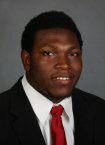
Courtney Upshaw, 6-2, 272 lbs., Alabama: Not blessed with the athleticism and body of some of the other prospects, Upshaw supposedly makes up for it with attitude–the “meanest player I ever coached,” according to Nick Saban. Here’s a good pro-Upshaw piece from Seahawks Draft Blog.
Whitney Mercilus, 6-4, 261 lbs., Illinois: Mercilus (what a name for a pass-rusher!) led the nation in sacks at Illinois in his first year as a starter. He’s still a raw prospect–a great pass-rusher, but poor against the run. With the importance of passing in today’s NFL, that may not matter.
Nick Perry, 6-3, 271 lbs., USC: The fastest of the bunch, the 2011 Pac-12 sacks leader ran an insane 4.64 40-yard-dash at the NFL combine (that’s faster than 12 running backs). Pete Carroll knows Perry well, having recruited him to USC. Shutdown Corner’s Doug Farrar points out that Perry ought to be ready for NFL-quality lineman, having faced likely top 5 pick Matt Kalil in practice every day.
The first round of the draft is Thursday at 5 p.m. PST, you can watch live on ESPN or NFL Network. The Seahawks’ twelfth overall pick will probably come around 7 p.m. (though of course they could trade up and pick sooner). For internet coverage, I recommend Yahoo’s Shutdown Corner blog. Rounds two and three are Friday at 4 p.m. PST, rounds four through seven beginning Saturday at 9 a.m. PST.
Will this drought finally end? Do your rain dances, people, so that we may soon see a flood of sack dances.
